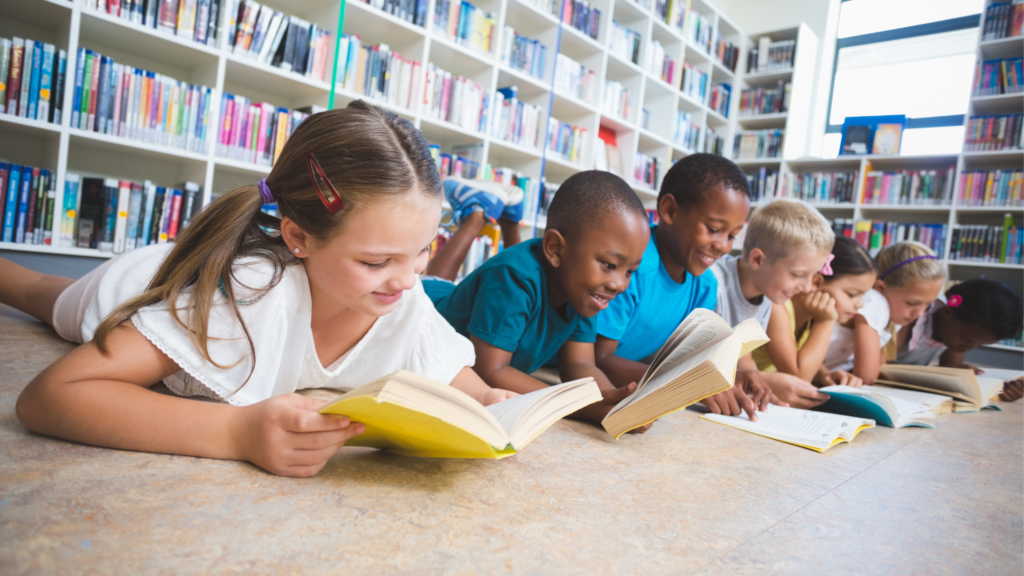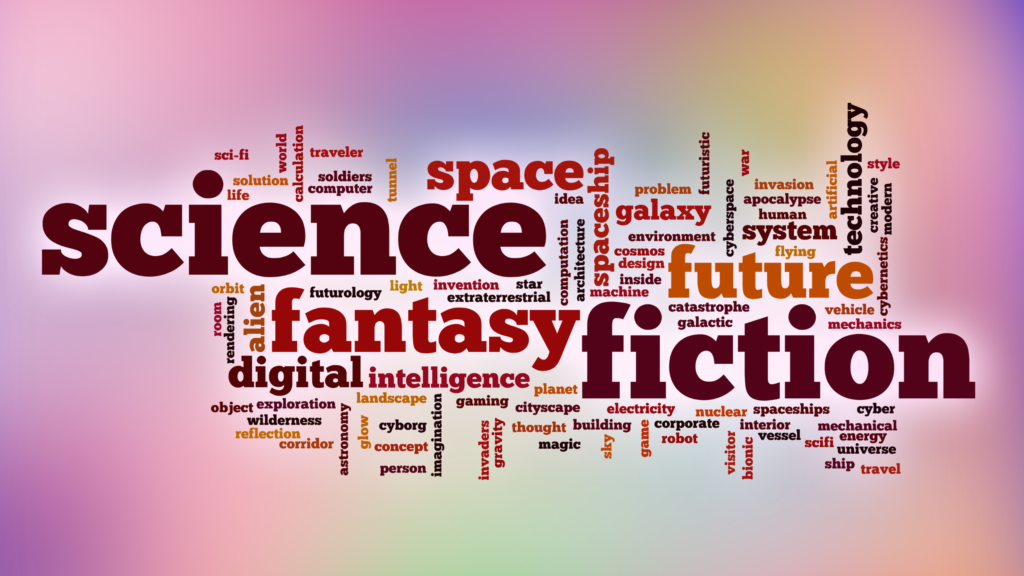
Reading habits in students ensures academic success, personal growth, vocabulary expansion, and development of critical thinking, and improve communication skills. It is essential to create a reading-friendly environment, have a distraction-free zone, select the right books according to one’s reading level, and explore different genres.
We are in the year 2025, where life is full of distractions. Let us understand why reading is important and how to develop a reading habit in 2025.
1. Importance of Reading
a) How Reading Benefit Students?
Reading habit is a crucial skill for the development of cognitive ability in students, it broadens their horizons and is essential to succeed in life. It is important to learn new things and stay updated with the world. Cultivation of reading habits among students results in knowledge acquisition. It helps students to think creatively. It improves their analytical abilities. It enhances their capacity for critical thought. When students read, they evaluate, interpret, and analyze the information they read.
b) Role of Reading in Academic Success and Personal Growth
Inculcating reading habits among students provides innumerable benefits. It can improve vocabulary and language skills. Students become familiar with new words and expressions. When they learn new words or phrases they improve their communication skills. It becomes easier for them to express themselves. They learn about different writing structures and styles. Students get academic success when they develop strong language abilities. Reading helps students to understand various cultures. Furthermore, it makes them more tolerant. Hence, it is a powerful tool for personal growth. When they make reading a habit, it leads to self-improvement. They become more empathetic, resilient, and confident individuals.

2. Creating a reading-friendly environment.
a) Setting up a cozy reading space.
It is essential to have a distraction-free area to read. One can find a quiet read at home or in a library. The reading corner should be welcoming and well-let. It is challenging for students to maintain the focus required to read. They are tempted to check their mobile phones. Creating a space that is conducive to learning encourages reading habits among students. A cupboard of books beside your chair helps in creating a learning environment.

b) Encouraging a Distraction-Free Zone.
Using phones while reading can be distracting. So, put your phones on silent mode. Make sure you have turned off the television too. Many things divert students from developing reading habits such as online games, YouTube videos, hunger, personal worries, and interaction with friends. Putting posters of motivational quotes about reading on the walls of their reading quotes can help them stay focused.
3. Starting with Right Books.
a) Choosing books based on interests and reading levels.
Students need to determine their interests. They have to make sure, that they like the books they read. Use of the school library, book clubs, online bookstores, and reliable book reviews can help them choose their favourite book. Choose the books that interest them and make them less reluctant to read. The different reading levels are emerging readers, novice readers, transitional readers, fluent readers, and expert readers. Students should choose books according to their reading levels.

b) Exploring Different Genres
When students explore different genres, it broadens their perspective. For example,
- Fiction Books – Such books help to improve empathy and creativity. It also develops problem-solving skills.
- Non-fiction books – They give an insight into real-life events, help to gain factual knowledge, and expand vocabulary, and knowledge about History, Science, Philosophy, and social topics.
- Poetry – It is related to the emotions and experiences of people. It uses a language that is beautiful, creative, and expressive. The expression is rhythmic and artistic.
- Biographies – It narrates the lives of individuals and portrays their experiences. It is also referred to as “life writing”. Thus, each genre serves a unique purpose and enhances reading experiences in many ways.
c) Using illustrated or Graphic Novels for Reluctant Readers.
Individuals can easily relate to books with illustrations as they are visually attractive. Because of the images and fewer words such books benefit early learners. These books encourage readers who are reluctant to read. Children like comic books. It removes stress and leads to the emotional development of kids. Moreover, they can comprehend better.
4. Setting a Reading Routine.
To form good reading habits, set reading as a priority. Try to pick a time when one is alert and focused. A reading schedule helps students to establish a timeline for every book they read.
- Allocating specific reading time daily.
You can read in the morning, in the evening, or in lunch break. Students can read after they come from school or after having dinner. One can start with reading 15 minutes a day. Develop reading as a habit by sticking to your schedule.
b. Making bedtime reading a habit.
Cultivating reading habit at bedtime is beneficial. When one goes to bed, one is relaxed. Students are less distracted at that time. They can lie down in bed and enjoy reading a book in their comfort zone.
c. Using reading challenges and goals.
To keep yourself dedicated to your reading habits set goals. Plan the books you will read in a year or books of which author you would like to read. Specific goals like reading 10 pages per day are fruitful. You can take notes while reading.

5. Using Technology to encourage reading.
a) E-books – E-books can be easily accessed, are affordable, and have many interactive features. Electronic books are very engaging and provide an enriching experience to learners.
b) Audio Books – Book lovers can emotionally connect to the story by listening to the narrator’s voice. Audiobooks strengthen listening skills and improve concentration.
c) Reading Apps – Reading Apps allow to have access to a large number of books on mobile phones or tablets. It makes reading fun, especially for young readers. Some of the popular reading apps are Kindle, Good reads, Apple Books, Audible, Scribd, and Google Play Books.

Educational Websites with interactive stories.
Educational websites provide well-researched content. Anyone with an internet connection can access their content. Such websites have exercises, worksheets, quizzes, and videos that make learning more enjoyable. The good part is that the content of educational websites is regularly updated.

6. Incorporating Fun activities.
a) Book Clubs or Reading Groups.
Students can join a book club to meet people who share their interest in reading. Such clubs help members discuss the books they have read. Choose a book club that meets at a time convenient to you. Students get a chance to share their ideas and opinions about books.

b) Storytelling sessions
Storytelling helps students to recall and describe events, tell stories in their own words, and foster engagement. Through storytelling one discusses the viewpoints of others which further develops emotional connection and empathy.
Roleplaying
n role-playing individuals act out a given situation and enact the role of a person. Students get to see situations from a different perspective and think critically. Roleplaying helps to improve communication skills.
c) Writing Reviews of Summaries after Reading.
Writing reviews is about writing your opinions about the books. In it, individuals write about characters, settings, and plots. It is used to convey one’s thoughts about the book. It improves students’ reading proficiency.
Also Read:-

Written by Sukhjit Kaur, English educator with 17+ years of experience helping students master grammar and writing. Through EnglishVedas.com, she simplifies English grammar using examples from daily life and classrooms.
